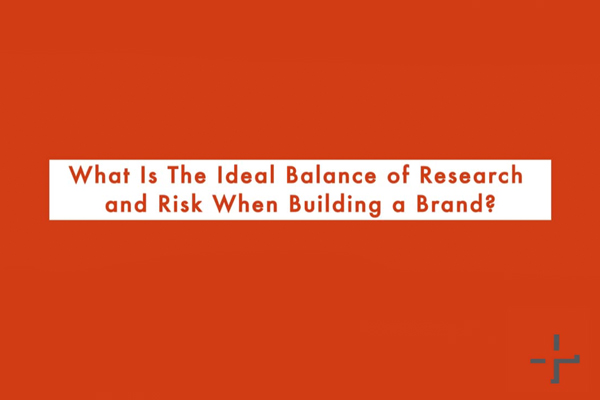Most big brands today use insight as a cornerstone of their marketing planning. Whether through quant, online communities, or the traditional discussion group, the value of research to validate and justify business decision making is bread and butter to most big brand decision making.
But what if this was no longer an option at your disposal? What if your budgets were shaved to only 5% of what they are currently, and you could only do a couple pieces of research a year? This is the challenge that many big brand marketers face when they move to a start-up.
In this situation, start-ups don’t use their limited budgets to confirm something. Jess of food startup Karma says, “The bare bones of the company is a tech business we have the ability to fail fast, make decisions, and pivot…. when you get a little bit of positive affirmation from customers then you go all in.”
But sometimes that isn’t an option, particularly if you need to regularly sell in to a larger business. “I’m sort of jealous of brands with a bigger direct to consumer market” admits Tom of Pip & Nut. “If we take a risk with a product, the person you speak to a year later might not be the same buyer… if you take a risk on a product and you get a new buyer, they will just look at your product and say ‘this isn’t working… I’m going to reduce share’”
This is where research still remains key. “We now validate stuff more, but we are tactical about it”, as Tom goes to explain; “We only test specific hypotheses”. This sort of hyper-efficient process to insight isn’t uncommon amongst emergent brands, and through client work we have heard stories of brand value being measured through factors such as “Cost Per Install” and google trends metrics.
It seems there are a multitude of different ways marketers can get around the budget constraints that come with working at start-ups, but these aren’t tools exclusive to those without room for insight investment. Iterating, using open source data, and risk taking may could have their place in any bigger brands toolkit. The question is where can these be used most efficiently while still giving major players the insight they require?


